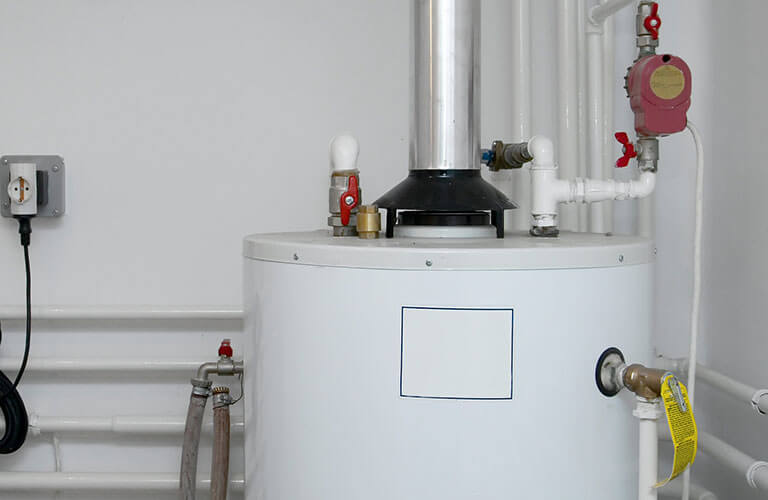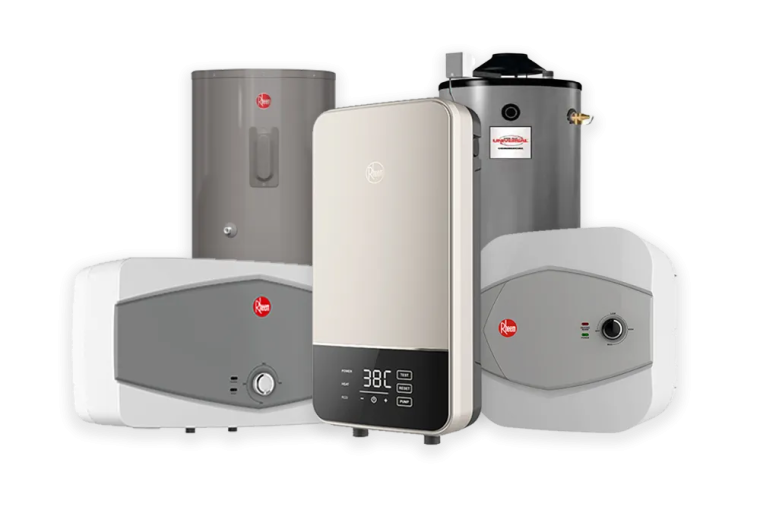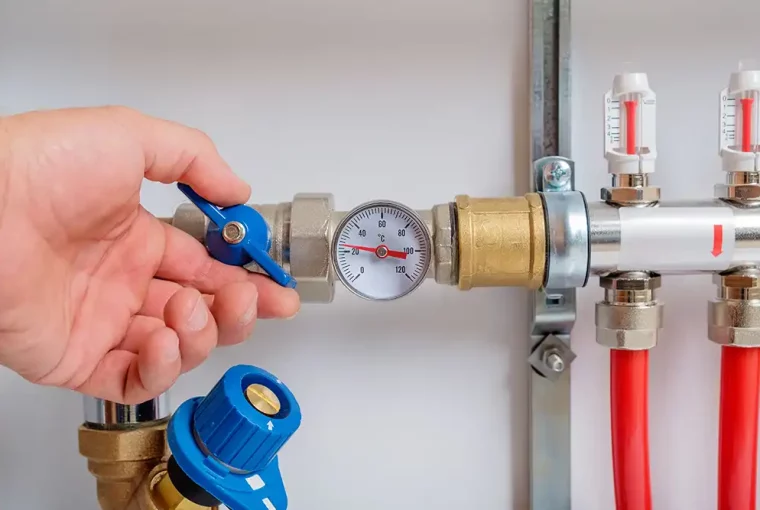The convenience of having warm water for various household tasks is greatly reliant on a vital component known as a hot water heater. Nevertheless, it can be exasperating when you come across a scenario where the hot water heater fails to fill up. Within this guide, we will delve into several typical causes for the hot water heater’s inability to fill up and present you with practical troubleshooting techniques to detect and resolve the problem.
Hot Water Heater not filling up?
Rest assured if the replenishment of your hot water heater seems inadequate, for below lies a comprehensive guide offering assistance in identifying and resolving the issue.
-
Verify the Water Supply:
To initiate the problem diagnosis, it is imperative to confirm the presence of a satisfactory water supply for the hot water heater. So, assure that the primary water valve is completely unsealed and that there are no hindrances or seepages in the water supply pipeline leading to the heater. Insufficient or disrupted water supply has the potential to impede the proper filling of the tank.
-
Conduct a Thorough Examination of the Pressure Relief Valve:
The pressure relief valve serves as a precautionary mechanism intended to discharge surplus pressure from the tank of the hot water heater. Nevertheless, in case of a defective or incorrectly adjusted valve, it can hinder the tank from reaching its desired capacity. You must diligently examine the valve for any indications of leakage, impairment, or obstructions. If needed, refer to the guidelines provided by the manufacturer or seek assistance from a skilled plumber to guarantee the proper operation of the valve.
-
Inspect the Fill Valve:
The water flow into the hot water heater tank is regulated by the fill valve, also known as the inlet valve or the cold-water valve. Insufficient filling of the tank can be caused by a fill valve that is not up to par. So, you must carefully inspect the fill valve for any blockages, buildup of sediment, or damage that could impede the flow of water. You may clean this valve in case it’s dirty; however, if cleaning the valve doesn’t resolve the issue, consider the possibility of replacing it.
-
Examine the Dip Tube:
The dip tube serves the purpose of guiding frigid water toward the base of the tank in a hot water heater. Should the dip tube be fractured or deteriorated, it can lead to a blending of cold and hot water, resulting in a decrease in temperature overall and hindering the tank’s efficient filling process. Scrutinize the dip tube meticulously for any indications of harm, such as fractures or disintegration, and replace it if deemed necessary.
-
Examine the Configuration of the Thermostat:
Improper configuration of the thermostat can also play a role in hindering the filling of a hot water heater. You may ascertain that the thermostat is adjusted to a suitable temperature (typically ranging from 120-140°F or 49-60°C) and that it is operating accurately. If the thermostat is defective, a skilled technician might need to replace it.
-
Take into account the Accumulation of Sediment:
As time goes by, sediments and mineral residues have the potential to gather at the base of the tank of the hot water heater, impacting its effectiveness. This accumulation of sediment can disrupt the filling procedure and lead to a decrease in the flow of water. Regularly flushing the tank can assist in eliminating the sediment and enhancing the performance of the tank. For instructions on how to flush your particular model of hot water heater, please consult the manufacturer’s guidelines or seek advice from a qualified plumber.
Final thoughts:
Dealing with a malfunctioning hot water heater that refuses to fill can prove exasperating; however, through effective investigation, you can pinpoint and resolve the problem. Commence by examining the water source, evaluating the pressure relief valve, fill valve, and dip tube, and confirming the thermostat adjustments. Moreover, take into account the possibility of sediment accumulation as a potential trigger. Should you encounter any uncertainties or encounter intricate difficulties, it is advisable to get help from a skilled plumber to guarantee a secure and efficient solution.



